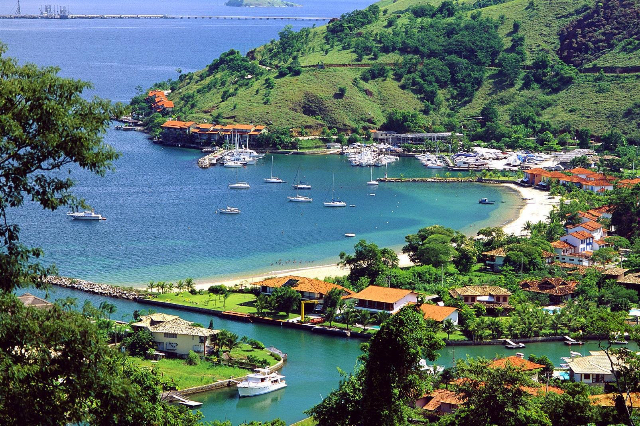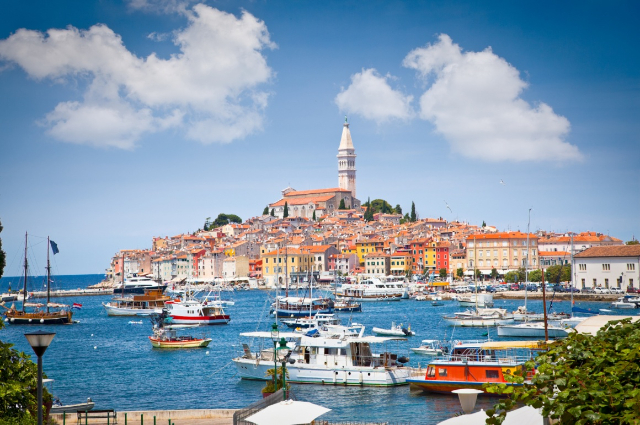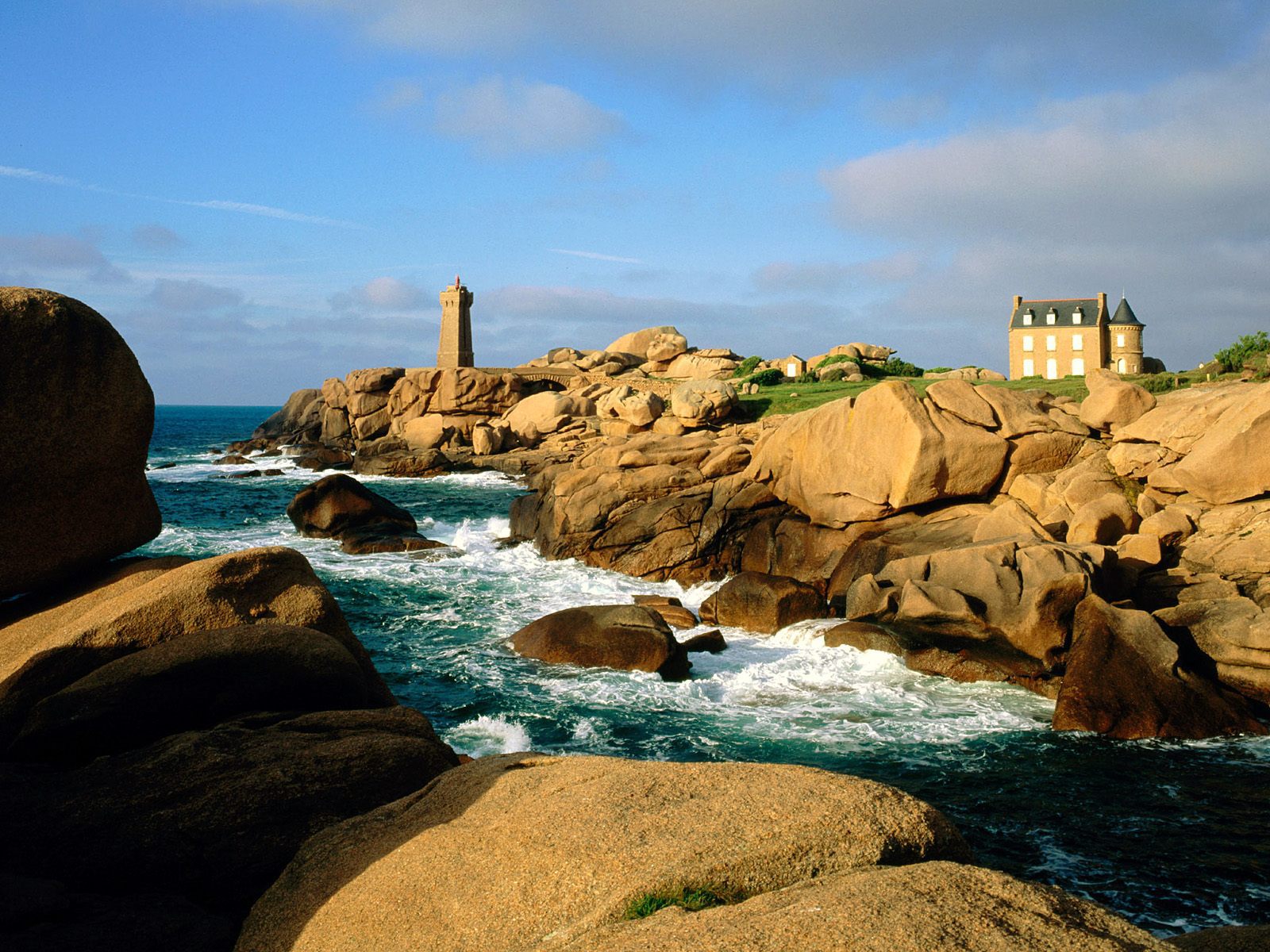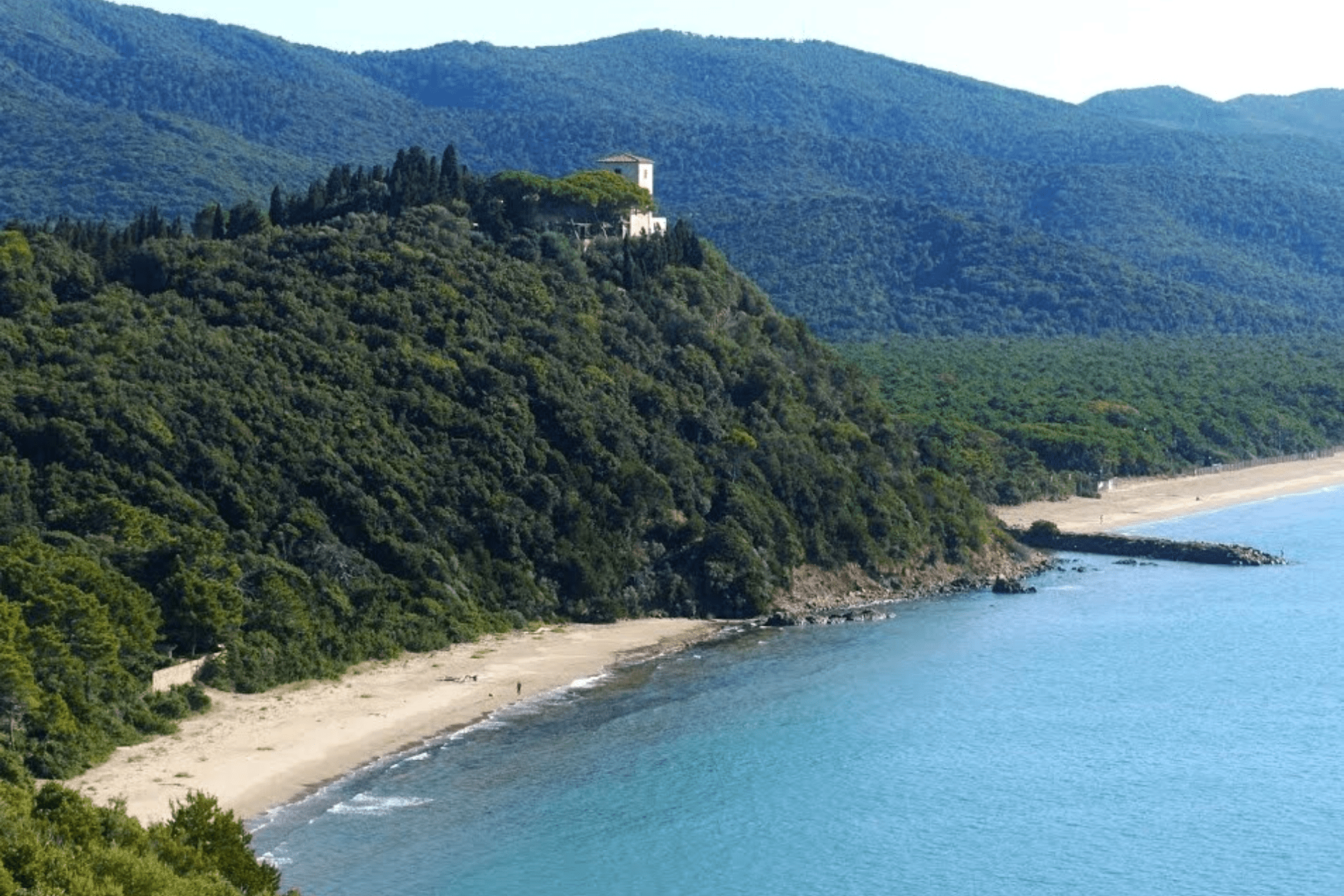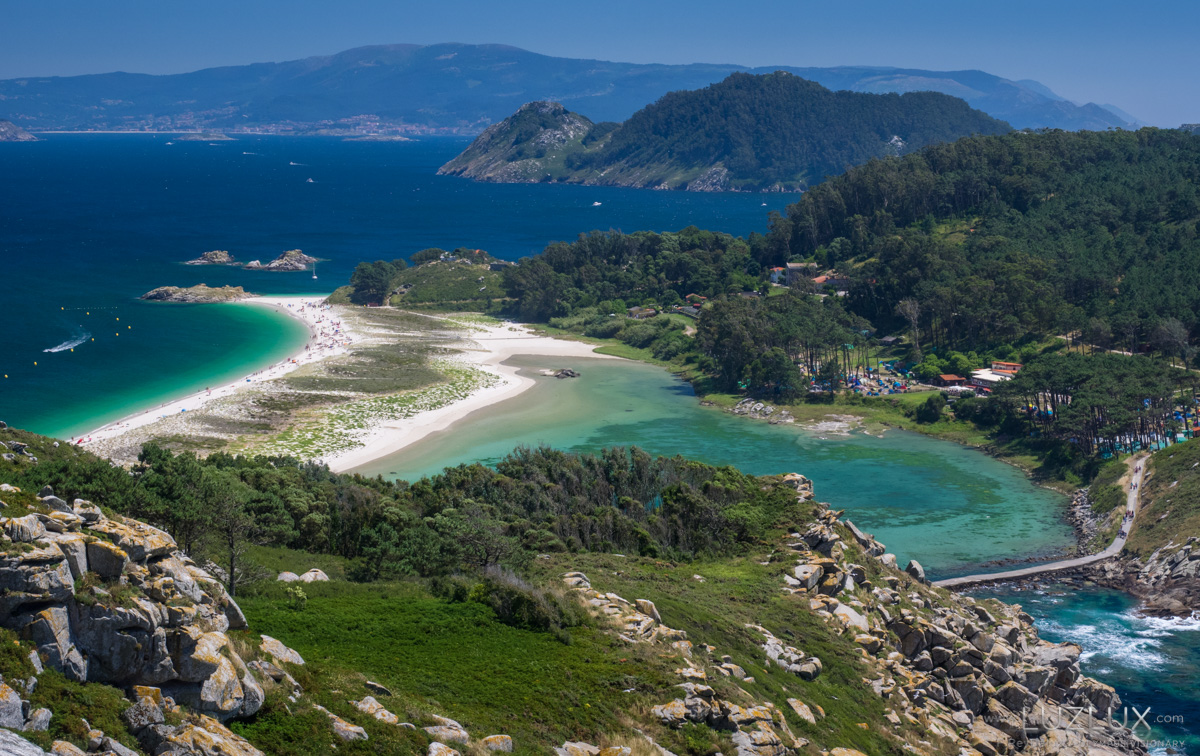‘island of Capri is among the most picturesque and most visited places in Campania. Its beauty and fame have been known since ancient times when the ancients had linked it to the myths of Ulysses and the Sirens, and even today it attracts the numerous visitors who make its breathtaking views the most sought-after destination.
The island is of karst origin, separated from the mainland by a strait, and has numerous reliefs including that of Anacapri, which is its main one. The sea from which it emerges is particularly deep, the coasts are rugged, jagged and full of caves among which the most famous is the Grotta Azzurra, but what is most striking, plunging into the sea, are the famous faraglioni, small rocky islets of the most varied shapes, which seem to emerge from the deep blue waters pointing skyward.
The phenomenon of bradyseism, that is, the continuous rising and falling of the tides, also present in the Blue Grotto, means that remains of Roman times once on dry land, now almost completely submerged, can be seen poking out of the water.
Capri for the Greeks and Romans was the island of goats, hence its name. The Greeks colonized it and it became a possession of Naples, then Emperor Augustus, visiting the island, saw a dry branch blooming and did everything he could to get it from Naples in exchange for Ischia. Emperor Tiberius also fell in love with it and made it his refuge, building several villas there, perhaps twelve, according to Latin authors; in fact, as evidence of his presence, his luxurious villa dedicated to Jupiter remains today, a delightful voluntary exile from which he continued to rule the empire.
At the end of the empire Capri was not immune from the Vandal invasion, nor even later from that of the Saracens, which prompted the inhabitants, as also happened in other cities of Italy, to take refuge at the highest point of the island between the walled citadel and the Castiglione, in an impenetrable place, difficult to reach and with an excellent view of the sea, in order to detect incoming enemies.
The island then came under Longobard and later Norman rule, until with the Angevins, who founded the grand Carthusian monastery of San Giacomo, it returned to its former glory.
Capri’s tourist fame began in the mid-19th century, with the rediscovery of the fascinating Blue Grotto; it thus became an unmissable destination on the Grand Tour of internationally renowned writers and artists who described the iridescent light effects and plays of light inside the grotto.
Today, the architecture of the island shows in the typical "vaulted" dwellings, the types of construction already used by the Romans and Byzantines, related to the particular conformation of the land and the difficulty of finding timber and water: in fact, even today water is a rather rare and precious commodity, because the island has no springs of its own and is supplied with drinking water by tankers from the mainland.
The island consists of two municipalities, each with its own administration: Capri and Anacapri, and the rivalry between their respective inhabitants has always been well known.



